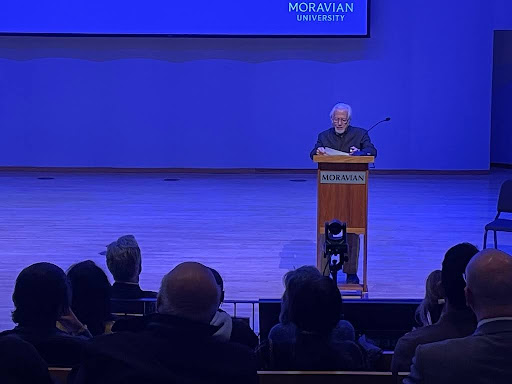The History of April Fools’ Day

We may be college students, but at one time or another – whether it be in elementary, middle or high school – we’ve witnessed, experienced, or participated in pranking. Little wonder we’ve all learned to appreciate our long tradition of pranking, April Fools’ Day.
But do you know how it came to be?
Although no one quite knows the exact origins of April Fools’ Day, some historians believe its roots are in the ancient Roman festival of “Hilaria.” Participants of the “joyful festival” wore “deceitful” disguises designed by followers of the cult of Cybele, to make fun of ordinary citizens and judges. Other historians trace April Fools’ back to the 16th century when France switched from the Julian to the Gregorian calendar. Since the Julian calendar started the new year on April 1, those who didn’t know this information were considered “April fools.”
Numerous other events may have also played a role in the origins of April Fools’ Day, among them the Roman festival of Saturnalia, the Druidic rites of ancient Britain, and India’s Holi festival or Feast of Fools. Many old works of literature have described the tradition.
One poem from 1561, for example, which describes a nobleman’s nasty scheming to keep his servant busy with useless tasks, refers to this day of fools: “Refrain on errand-day / which is the first of April.” In the United States, April Fools’ Day may have derived from the “food pranks” that were popular in the late 1800s.
Countries around the world follow an orderly schedule for the tradition to begin and end.
If you’re celebrating April Fools’ Day in Ireland or the UK, you’d better stop playing practical jokes by the afternoon. Funny enough, the day wasn’t accepted by the Brits until about the 18th century, when practical jokes began showing up as a socially accepted form of fun.
You have more joke-friendly countries like Scotland, which celebrates April fooling for up to two days. Calling it “hunting the gowk,” the tradition is to send people on abnormal errands (“gowk” referring to a cuckoo bird and, in this case, a fool).
The level of seriousness goes from realistic fake news to France’s form of celebration that’s more of an activity for children, who stick photos of fish on the backs of people. These “April fish” suggest you are essentially a gullible person or “easy catch,” as a fish would be.
In other countries, we find the same concept surrounding pranks and jokes with friends, family, or even strangers. In Brazil, for example, April Fools’ Day is known as “dia da mentira,” the day of the lie, where the realistic fake headlines come out and white lies are spread to create confusion among friends.
India celebrates differently. With their new year falling on the equinox, they see the occasion as a time to hope for good luck and a good year for crops.
However you decide to celebrate this day of laughs, The COMEDIAN hopes you have a happy and safe day of pranks.






